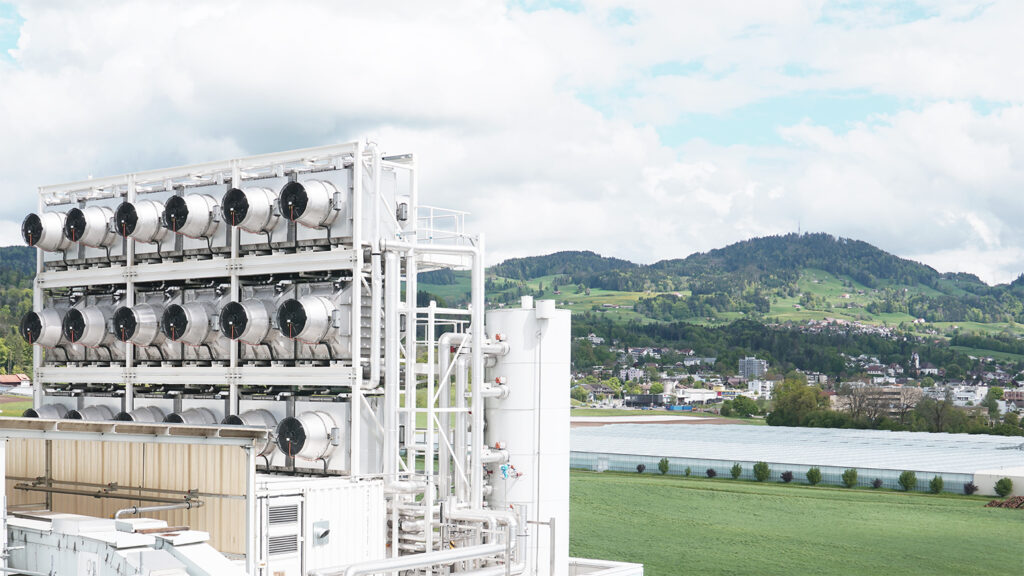Recent Climate Now Episodes


Climate Now: Sep 10, 2024
Navigating Recent Changes to Voluntary Carbon Markets
Voluntary Carbon Markets, or VCM, are the decentralized marketplaces where carbon credits, used to offset greenhouse gas emissions are traded. Each credit offsets a metric ton of carbon dioxide emissions. The VCM has existed since the 1980s with recent updates


Climate Now: Aug 20, 2024
Partner Episode: Energy vs Climate’s “Buzzkill: Understanding the Shift in Media Perception Towards EVs”
As a Climate Now listener, we know you appreciate frank and thoughtful debate about the climate crisis. So we’d like to share an episode from a podcast that looks at how climate change is changing our energy systems. Energy vs Climate is a podcast featu


Climate Now: Aug 6, 2024
Sustainable Aviation Fuel: Episode 4
The United States’ Renewable Fuel Standard Program requires a certain volume of renewable fuel be used to replace or reduce fossil fuel use. Each gallon of renewable fuel is assigned a Renewable Identification Number or RIN, which allows renewable fue
Recent Climate News Weekly Episodes
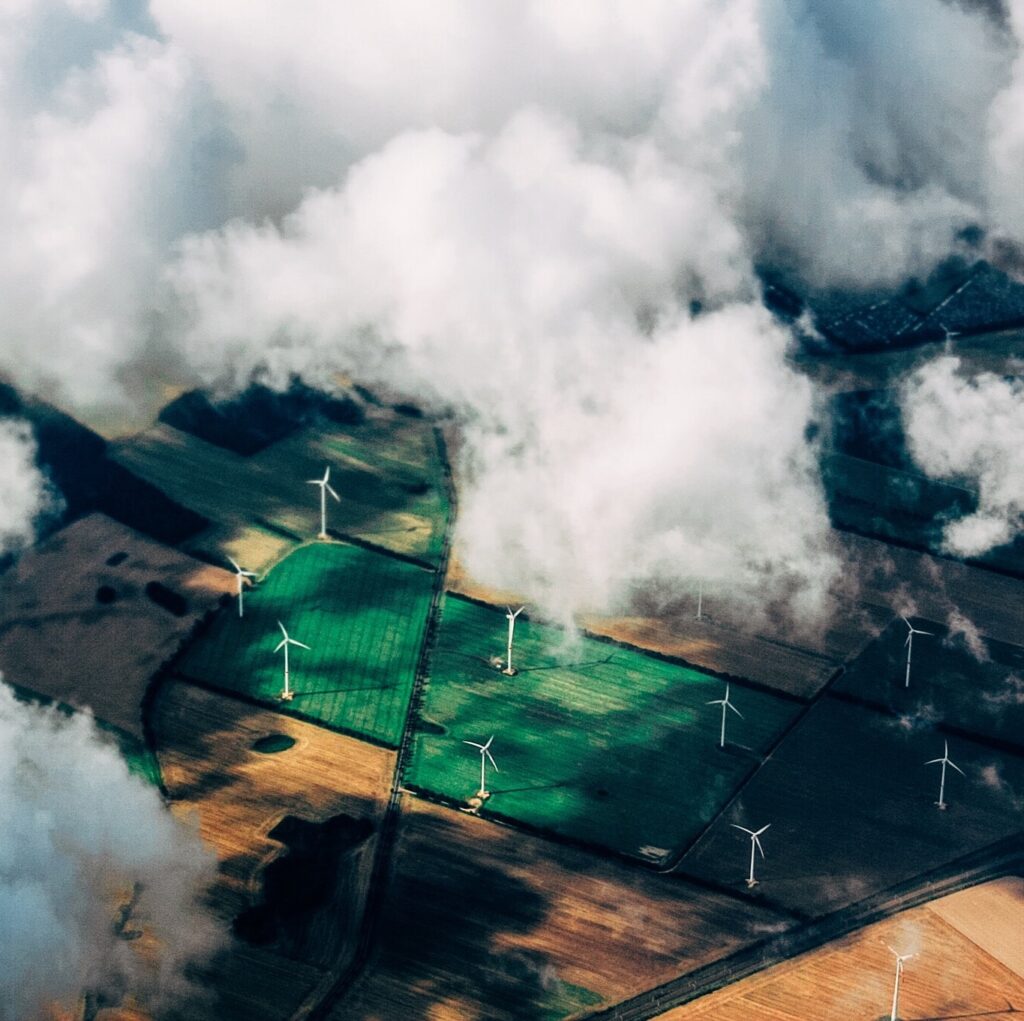

Climate News Weekly: Sep 10, 2024
Climate News Weekly: Exonn-Mobil oil projections, closing on coal in the UK, and more…
On this week’s edition of Climate News Weekly, James Lawler and Julio Friedmann discuss Exxon-Mobil’s projections of flat oil demand by 2050, closing the last coal-fired power plant in the UK, disproportionate impacts of climate change in Af
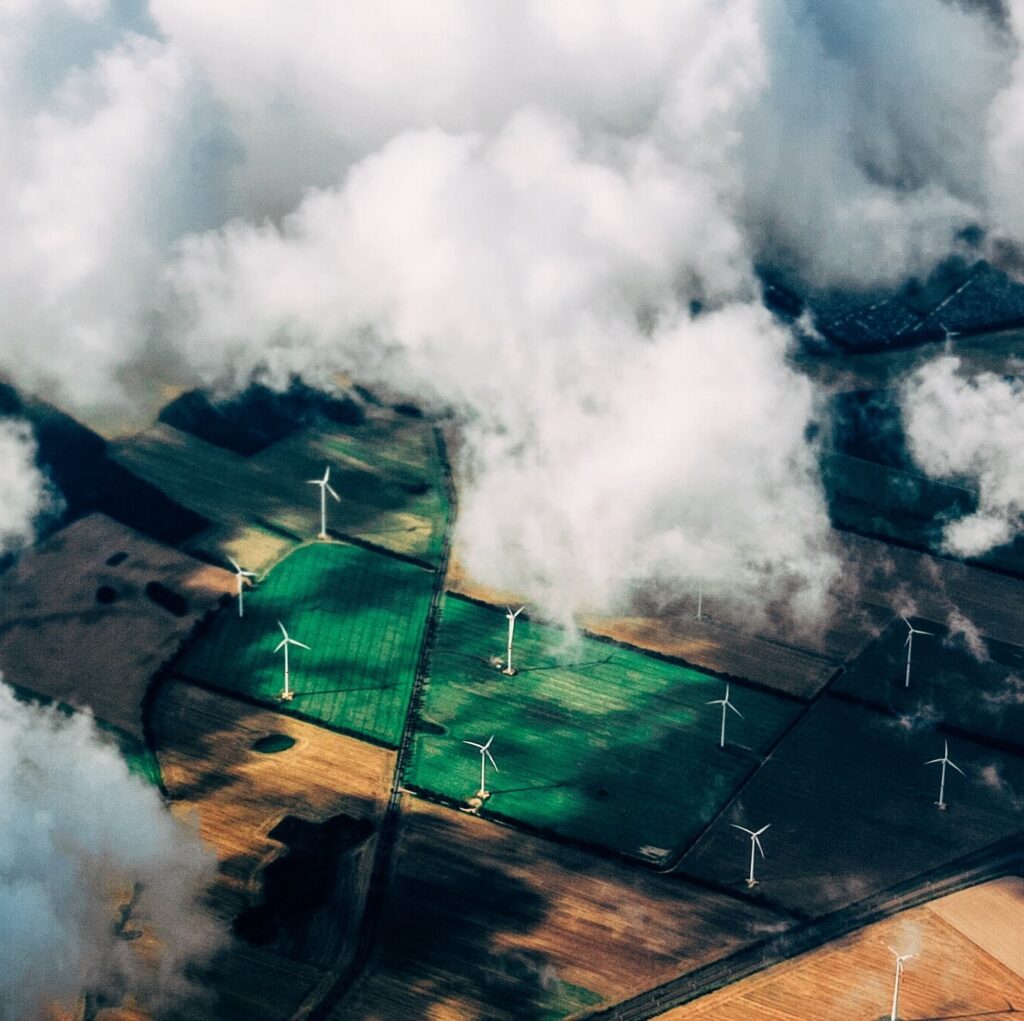

Climate News Weekly: Aug 28, 2024
Climate News Weekly: Climate policy impacts, mapping emissions with precision, hydrogen infrastructure updates, and more
Climate News Weekly is back to cover the week’s biggest stories in climate news with host James Lawler, joined by Julio Friedmann and Darren Hau. The team kicks off this week’s coverage with an analysis that uses artificial intelligence to determine th


Climate News Weekly: Aug 14, 2024
Climate News Weekly: Carbon market upheaval, Tropical Storm Debby, Tim Walz’s VP candidacy, and more
Climate News Weekly is back to cover the week’s biggest stories in climate news with host James Lawler, joined by Dina Cappiello and Julio Friedmann. The team kicks off this week’s coverage with upheaval in the voluntary carbon market. Up next, Julio
Popular Podcast Episodes
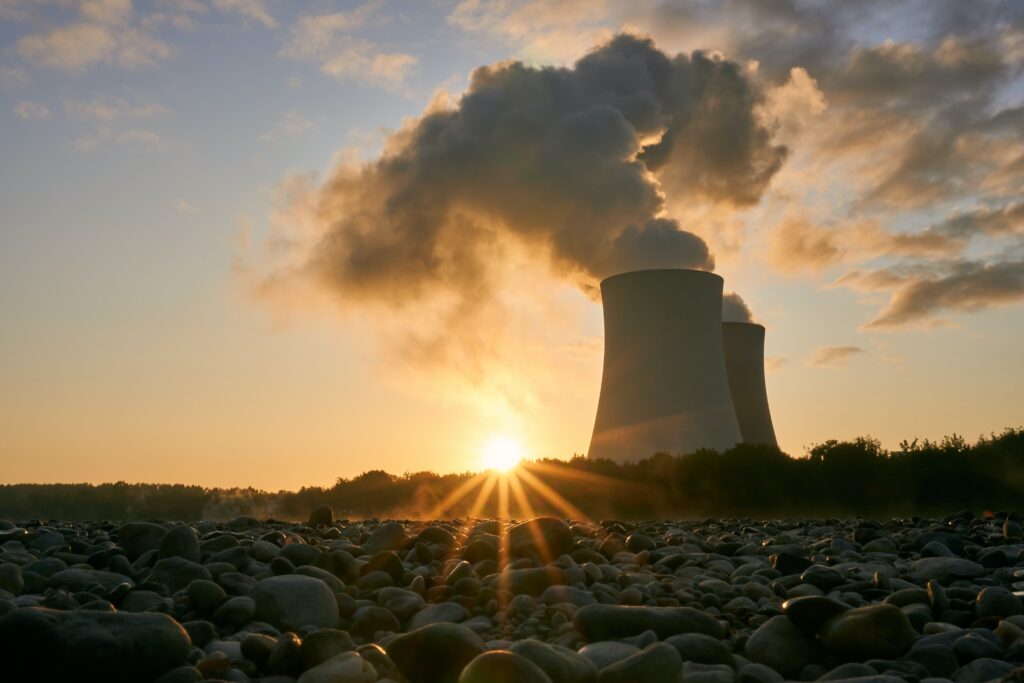

Climate Now: Apr 25, 2023
The debate about nuclear’s role in the clean energy transition
Every approach to decarbonizing the energy sector comes with its share of costs and benefits: renewables are cheap and clean, but require enormous amounts of land and are not always available when power is needed. Batteries provide useful back up power, but ad
Climate Now: Sep 26, 2023
Two views on the future of the US electricity grid
The United States’ aging electricity grid is a problem. Over 70% of the major transmission networks – which transfer electricity from power generation centers to endpoint users in homes and buildings, sometimes in other states – are at least 25 years old
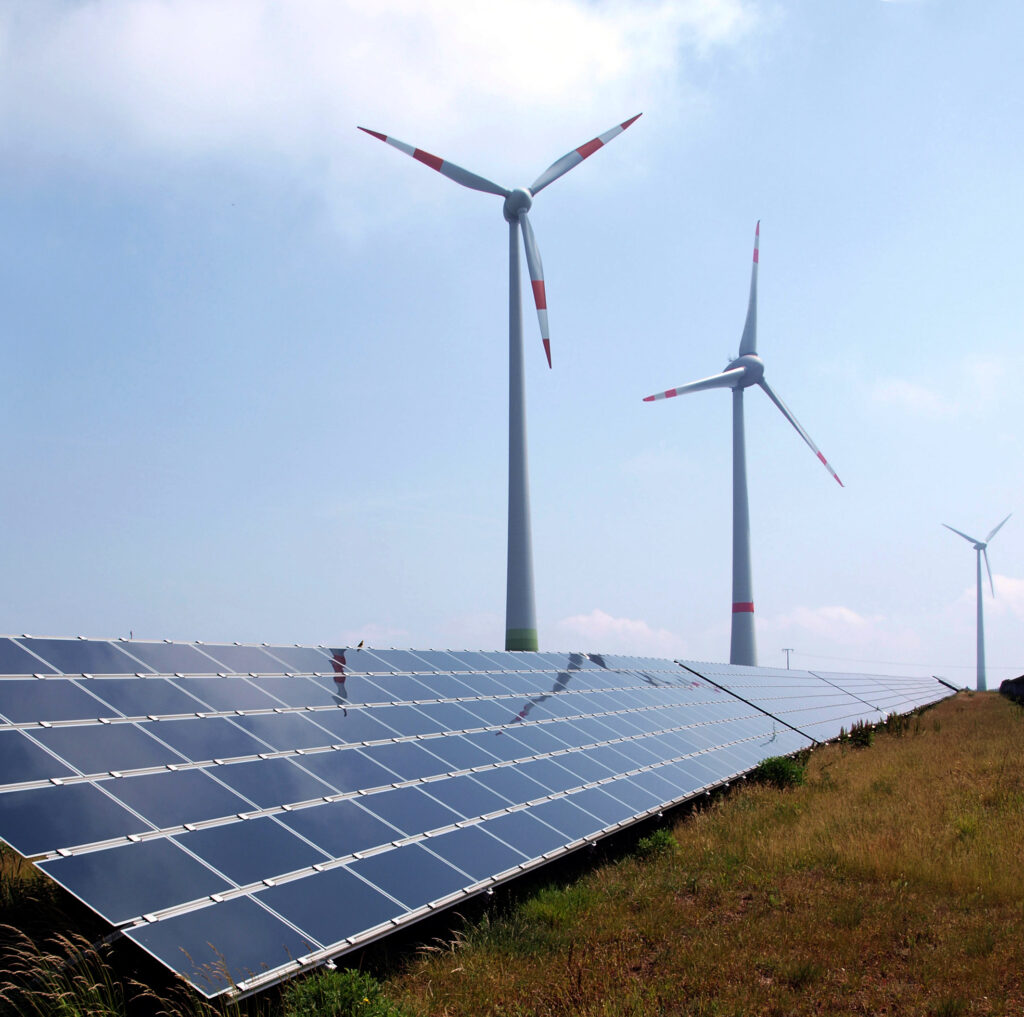

Climate Now: Sep 11, 2023
The IRA Progress Report
When the U.S. Inflation Reduction Act was signed into law in August 2022, policy analysts predicted that the incentives it provided for renewable energy deployment, home electrification and EV adoption would put the U.S. on track to reach at least two third
Popular Videos


Technologies Ep 9
Oceans for CO2 removal & storage: What, why and how?
Using carbon dioxide removal (CDR) strategies to mitigate climate change is a land-intensive endeavor. To capture one gigatonne of CO2 through direct air capture requires a facility & energy production footprint of at least hundreds, but potentially tens o
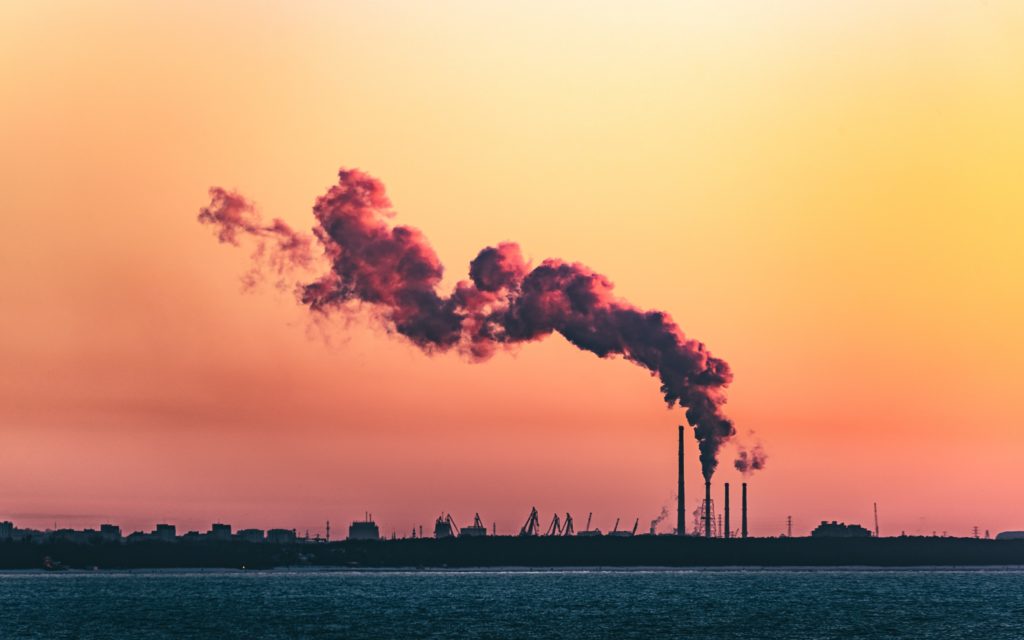

Mini Explainer Series Ep 01
Scope 1, 2, and 3 Emissions
Companies assessing their greenhouse gas emissions will need to analyze their Scope 1, Scope 2, and Scope 3 emissions. This Climate Now mini provides a brief explanation of what that means.
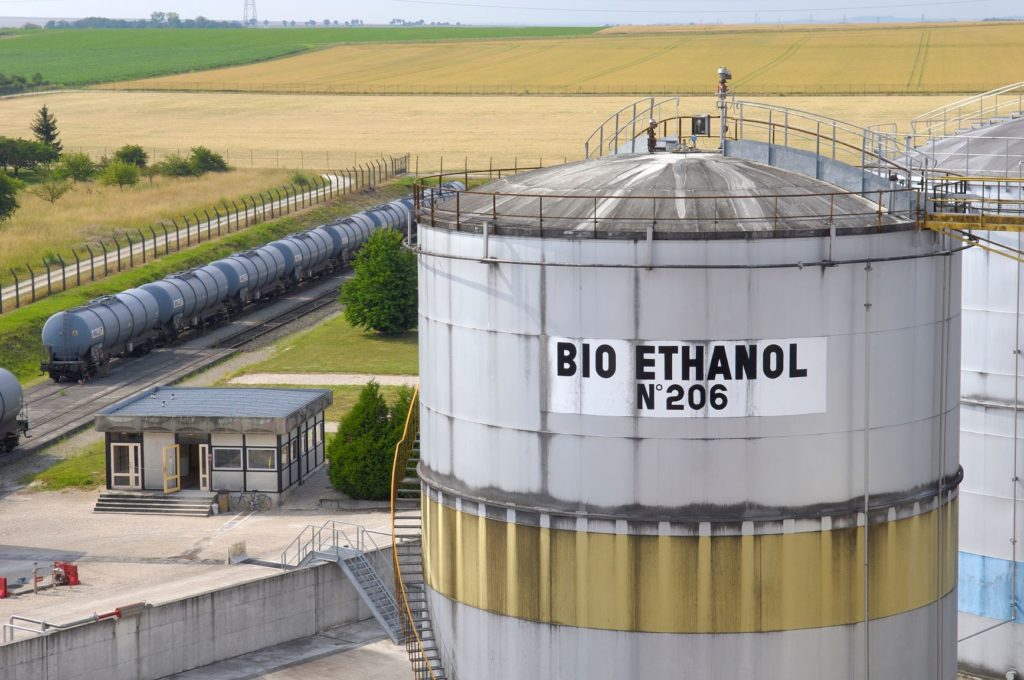

A Climate Change Primer Ep 6
Biofuels: An overview
Biomass – such as corn or switchgrass – can be converted into liquid transportation fuels, or biofuels. Biofuels are attractive because they result in significantly fewer emissions than fossil fuels, but they come with their own set of challenges,


Research Ep 1
Net-Zero by 2050
Pledges to achieve “net-zero” emissions are proliferating from companies and countries alike. However sincere these commitments may be, they rarely include specific plans to achieve that ambition. The Net-Zero America Report from Princeton Universi
One of our most important missions is to share information about climate solutions in ways that are unbiased and easily accessible. Climate Now has the highest standards for those goals.
– Dr. Roger Aines
Chief Scientist of the Energy Program and the Carbon Initiative at Lawrence Livermore National Laboratory

